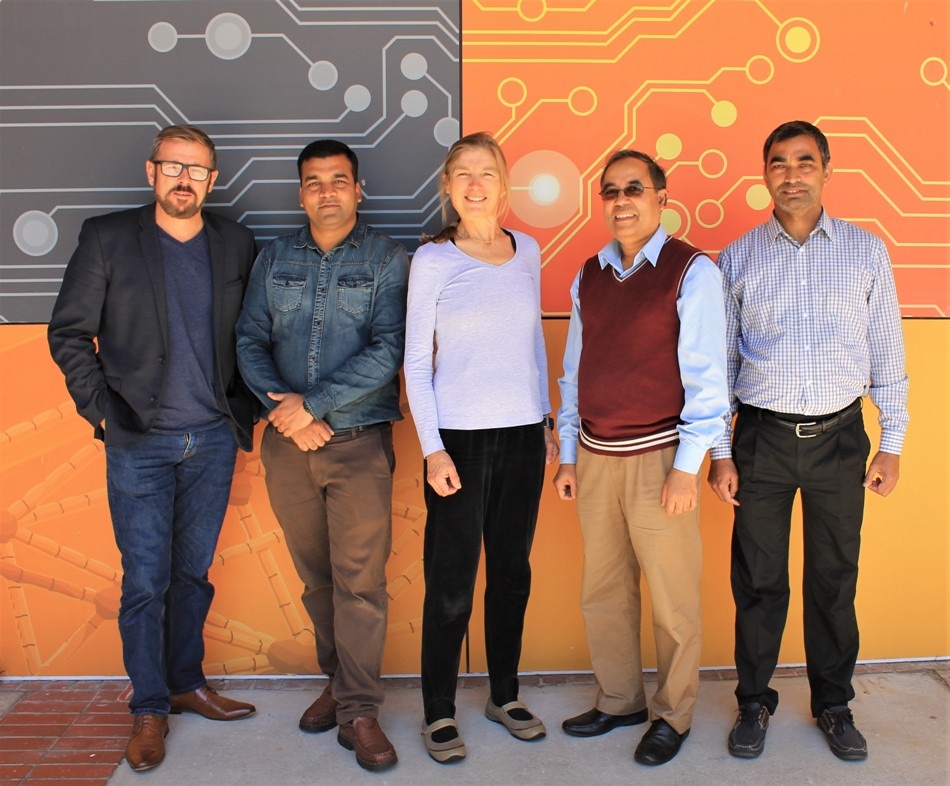Nov 2 2018
Curtin University research has found that a new stormwater treatment device improves treated stormwater quality by as much as 80 per cent, in a development that could prevent harmful pollutants from entering waterways and cut recycling and infrastructure costs for authorities globally.
 Stormwater Team
Stormwater Team
In research published in Journal of Environmental Management, researchers demonstrated how a new design of catch basin insert (CBI) treated stormwater more thoroughly at the source by removing gross pollutants such as leaves and plastic, as well as smaller dissolvable pollutants, the vast majority of which are not captured by previous designs.
Researcher Dr Zahanggir Alam, from Curtin’s School of Civil and Mechanical Engineering, said the new CBI used a specifically developed filtration material and was shown to capture 95 per cent of waste entering the drain while improving treated stormwater quality by 80 per cent.
“By removing dissolvable pollutants such as nutrients from stormwater run-off, the CBI can help arrest the declining health of waterways such as Perth’s Swan and Canning rivers and the ocean,” Dr Alam said.
“Excessive nutrients in our rivers create a lack of oxygen in the water that can kill fish and also leads to algal blooms that block the sun and prevent photosynthesis by plants - all of which harms entire river and marine ecosystems.”
Research principal supervisor Associate Professor Faisal Anwar, from Curtin’s School of Civil and Mechanical Engineering, said the new design of CBI offered economic as well as environmental benefits.
“This research and technology could potentially revolutionise the way stormwater is treated,” Associate Professor Anwar said.
“Government and local councils spend a lot of money trying to reactively manage stormwater contamination and this solution could possibly present a vastly more efficient and cost-effective way of treating stormwater when all reactive costs are considered.
“There are many billions of dollars’ worth of stormwater infrastructure already in the ground in Perth and this new technology has the potential to transform what is currently the major source of urban waterway contamination into a new water resource.”
Dr Alam said the CBI has the potential to be used as the primary treatment component of water sensitive urban designs, but further research was needed to explore this.
“While this research focusses on the removal of nutrients from stormwater now, it can be further developed to also remove heavy metals, hydrocarbons and other environmentally harmful dissolvable pollutants. This will be the focus of our research moving forward,” Dr Alam said.
The research was part of Dr Alam’s PhD thesis, for which he received a Curtin University Chancellor’s Commendation and was carried out in collaboration with UST Pty Ltd (Urban Stormwater Technologies).
The commendations are awarded to research doctoral students who submitted outstanding theses, judged to be in the top 10 per cent of theses examined for that year, and considered to have made a significant contribution to the field of knowledge.
The research article, ‘Improving stormwater quality at source using catch basin inserts’, can be found online here.